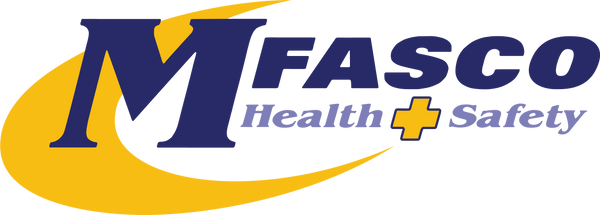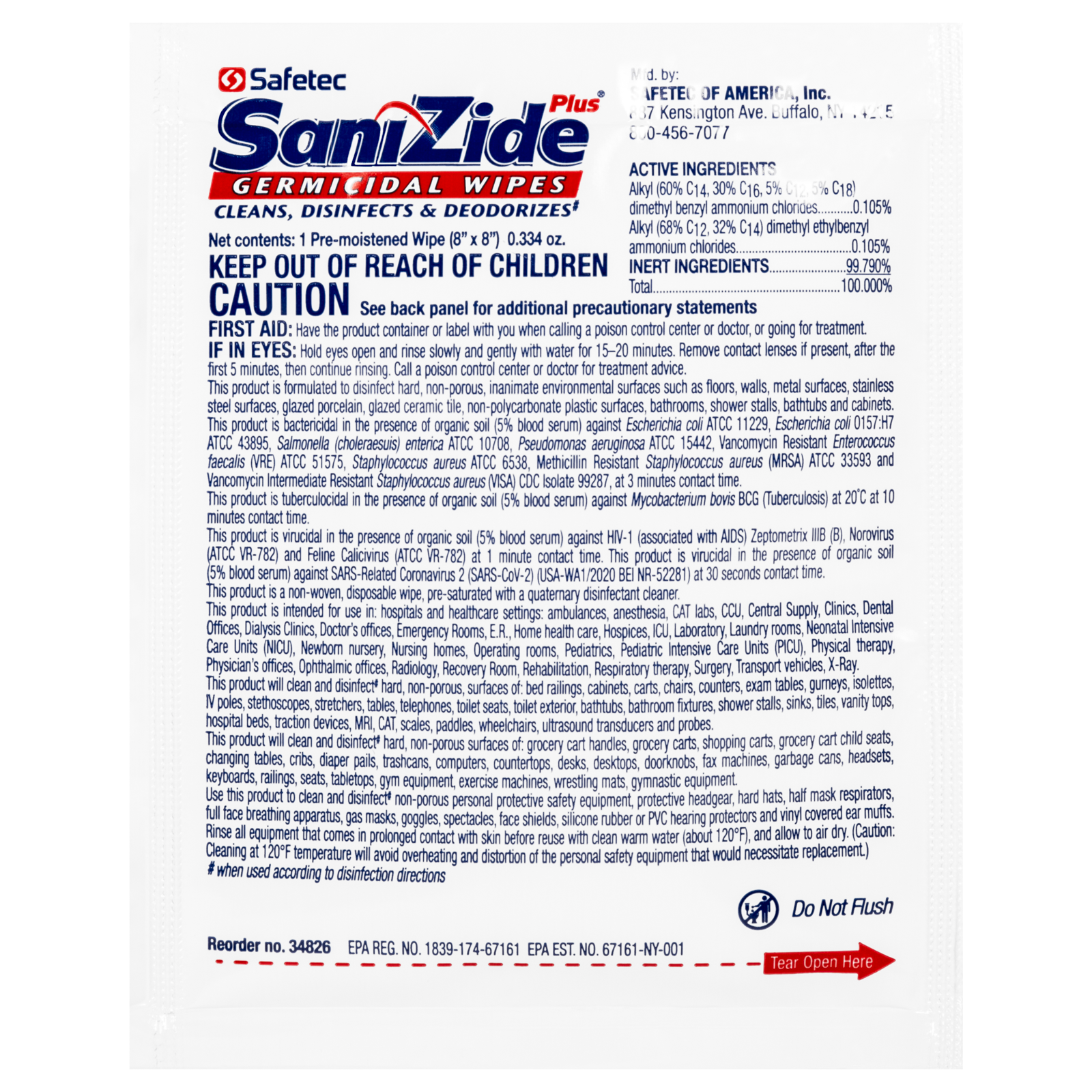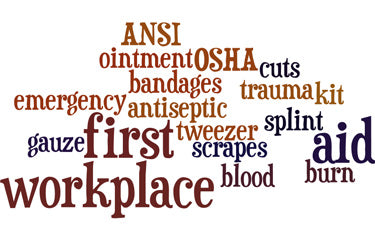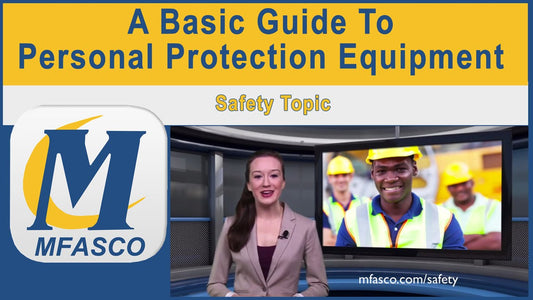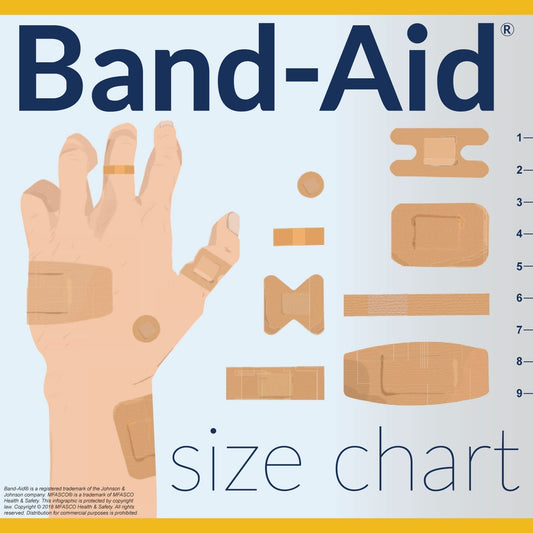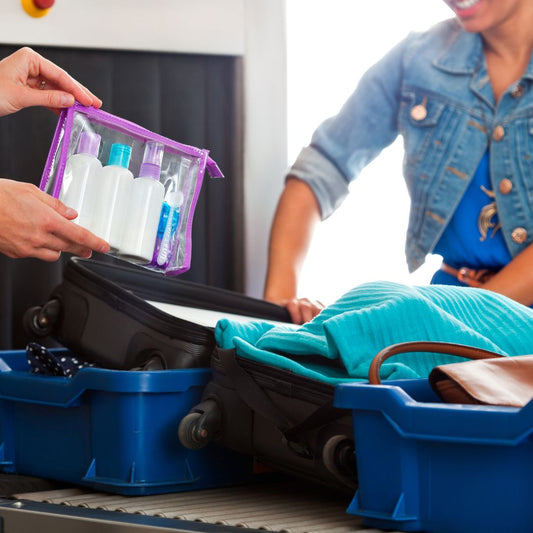Disinfecting Hard Surfaces for Workplace Health

Keeping a workplace clean and free of germs can be a major challenge. Everyone has experienced the office emptying during flu season or coming in paranoid because everyone has the sniffles. In general, offices, schools, and work sites can be incubators for germs because not only is everyone in a contained space but also common areas are used regularly. Imagine how many people are touching the handle on the kitchen coffee pot or door to the bathroom daily. For this reason, disinfecting hard surfaces in the workplace is critical to general health. Here are some tips for keeping your workplace a healthy environment for everyone:
Wash your hands and disinfect areas you regularly touch
"Cleaning, sanitizing and disinfecting are three distinctly different processes."
Believe it or not, germs can travel several feet when you sneeze or cough. Even if you cover your nose and mouth, spray can be sent into the air that then lands on surfaces nearby. To mitigate this problem, many people sneeze or cough into their hands. While this is a common social courtesy, germs that stick to your hands can easily spread throughout the office. Make sure to wash your hands after blowing your nose or coughing into your hands, and also disinfect surfaces that you touch often throughout the day. Consider that even if you wash your hands regularly, if you don't disinfect surfaces such as your desk, keyboard, mouse, and other work areas, odds are those germs will end up right back on your hands.
Understand cleaning versus disinfecting
According to the U.S. Centers for Disease Control and Prevention, cleaning, sanitizing, and disinfecting a surface are three distinctly different processes; however, many people tend to use the terms interchangeably. Whereas cleaning is the act of physically removing germs and impurities such as dirt and grime from a surface, disinfecting kills germs that are on the surface. Together, these two methods are used to sanitize an area. Therefore, a sanitized surface should have a safe level of germs and help prevent the spread of illnesses.
Be thorough
The Cleaning Institute notes that scrubbing a surface is not necessarily enough to kill illness-causing germs and that sponges and other cleaning apparatuses can actually spread germs from place to place. For the best cleanliness, thoroughly disinfect every hard surface, rinse with water, and follow any other specific instructions on the product's label. The CDC recommends making sure disinfectants and general cleaners are approved by the Environmental Protection Agency. Furthermore, the organization advises to check the label to see if a product has been approved for killing influenza when trying to prevent the flu from spreading.
Remain aware of chemical products that are abrasive or could harm your health. When using certain cleaners and disinfectants, it's important to wear gloves, respirators, goggles, or other personal protective equipment. Always wash your hands after you finish sanitizing an area.
MFASCO Health & Safety Disinfecting Tips, Resources, and Supplies
Disinfecting surfaces always seems straightforward, but there are critical elements to both the process and supplies to consider. Areas commonly touched readily transfer microbes from person to person, and one sick staff or family member can quickly turn into many. Check out the resources below--a few minutes now can save a few days (or more) of sickness later.
Surface Disinfectant Product & Accessories
Disinfectants & Cleaners
Antiseptic Liquid Sprays
Super Sani Cloth Germicidal Disinfectant Surface Wipe 160/tub
Additional Resources for Disinfecting Around the Workplace
How to disinfect safety glasses
Defining the difference between sanitizers and disinfectants
How to sanitize a workplace surface
Contributing Expert

Mike Brinker
Mike Brinker has been working in the first aid industry for over 35 years. He has worked with thousands of businesses,groups, and organizations to provide a healthy and safe work environment. Mike helped create “Make-A-Kit”, the internet's only online first aid kit creation tool. He has also authored many helpful first-aid and safety-related resource articles found at the MFASCO Learning Center.
